How Do Pesticides Kill Bees
Introduction

Working bee colonies per hectare are an important indicator of crop health. Since 1962, the number of bee colonies per hectare in crops that require bee pollination has decreased by 90% in the United States. The bees are unable to keep up with the rates of winter die-off and habitat loss.For years, beekeepers in the United States and Europe have been describing high rates of colony collapse.
Researchers have long realized that pesticides are a contributor to the issue. We spray a billion pounds of these chemicals every year across the United States because they are made to kill insects. Researchers are now learning that they may be affecting the natural world in a way that was previously unknown.
According to a new study that was published in the journal Nature, different pesticides can amplify one another’s effects when mixe, as happens frequently on farms. They can be even more harmful to bees when combined in deadly combinations. These “synergies” have been shown to have the potential to harm fish and other animals in the past.
What Are Pesticides ?
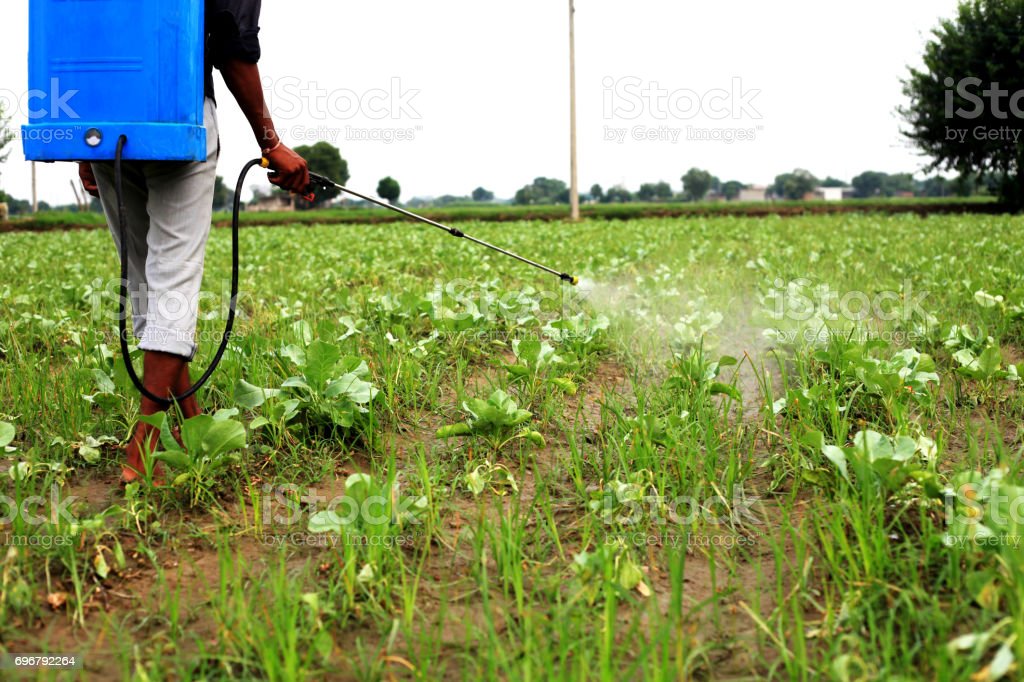
Substances intended for pest control are known as pesticides. Insecticides, nematicides, molluscicides, piscicides, avicides, rodenticides, bactericides, insect and animal repellents, microbicides, fungicides, and lampricides are all included in this category.
Herbicides are the most widely used of these, accounting for approximately half of all pesticide usage worldwide. Most pesticides are expected to act as plant security items (otherwise called crop assurance items), which as a rule, shield plants from weeds, growths, or bugs.
Ways How Pesticides Can Be Used
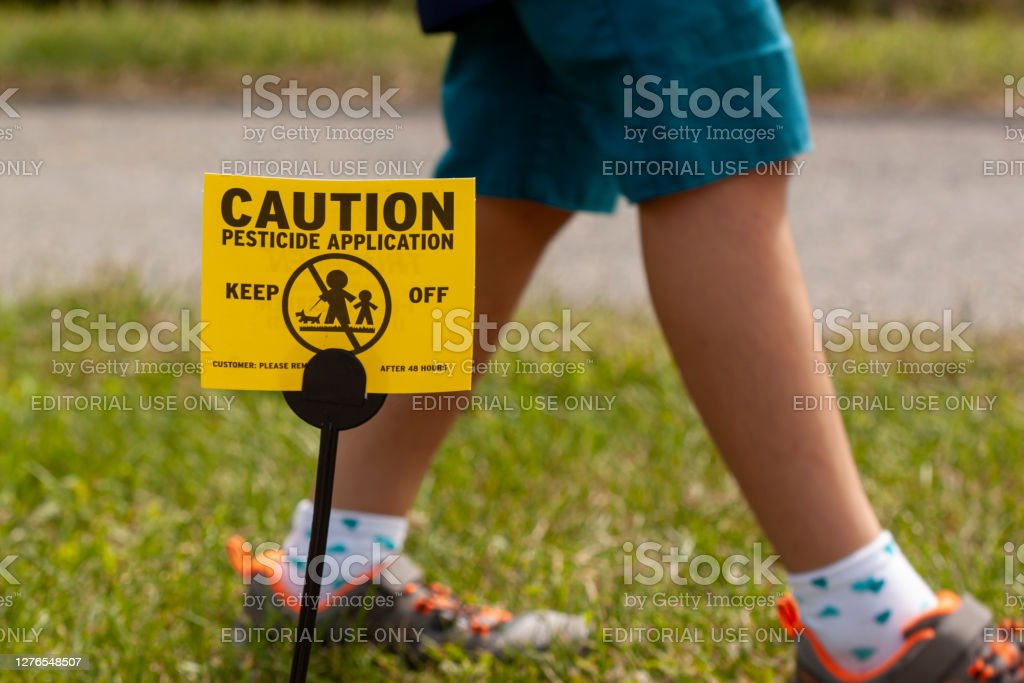
Pesticides are used to get rid of organisms that are thought to be bad for their environment or cause damage to it.
They are used, for instance, to get rid of mosquitoes that can spread potentially fatal diseases like malaria, yellow fever, and West Nile virus. They can also eliminate ants, bees, and wasps that can trigger allergic reactions. Animals can be shielded from diseases brought on by parasites like fleas with insecticides.
Pesticides can keep humans safe from illnesses brought on by rotting food or contaminated produce. Roadside weeds, trees, and brush can be removed with herbicides.
Invasive weeds that could harm the environment can also be killed by them. In ponds and lakes, herbicides are frequently used to control algae and plants like water grasses, which can make swimming and fishing difficult and make the water smell or look bad.
Mould and other pests that can’t be controlled can cause damage to buildings like houses.
Pesticides are used to control rodents and insects that infest food like grain in grocery stores and food storage facilities. There is a risk associated with each pesticide use.
How Pesticides Affect Honey Bees
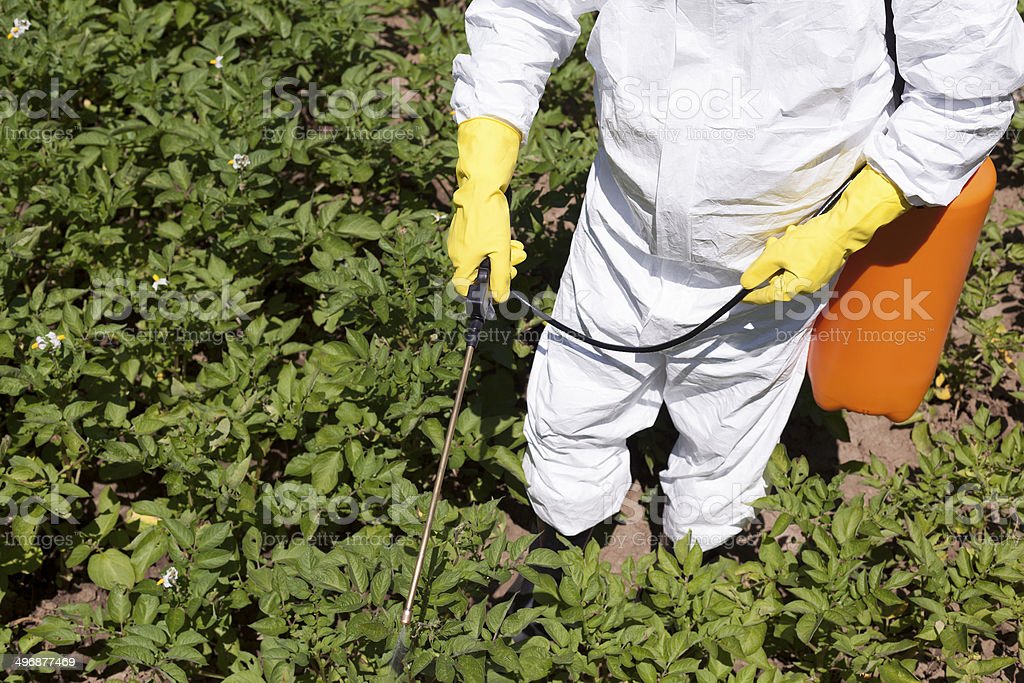
A study by Stuligross and colleagues tallying the detrimental impacts of a key pesticide on the reproduction of a solitary bee species adds to growing evidence that such insects, which make up the vast majority of bee species, are vulnerable to the compounds just like their more social counterparts. Their finding suggests the harm of pesticides can accumulate over multiple generations, which could exacerbate the loss of species that provide valuable pollination for farms and ecosystems.
The work demonstrates that chronic pesticide poisoning can cause “meaningful and significant impacts” on bees, says Nigel Raine, a bee ecologist at the University of Guelph who was not involved with the study. “That’s quite important.”
The pesticides disrupt learning and memory in honey bees and several studies have shown solitary bees suffer the same kind of damage. At higher levels, the chemicals impair reproduction, such as by reducing the viability of sperm, leading to fewer offspring. Yet little research has examined how neonicotinoids might harm pollinators throughout their life cycle.
Other Various Effects Of Pesticides On Bees
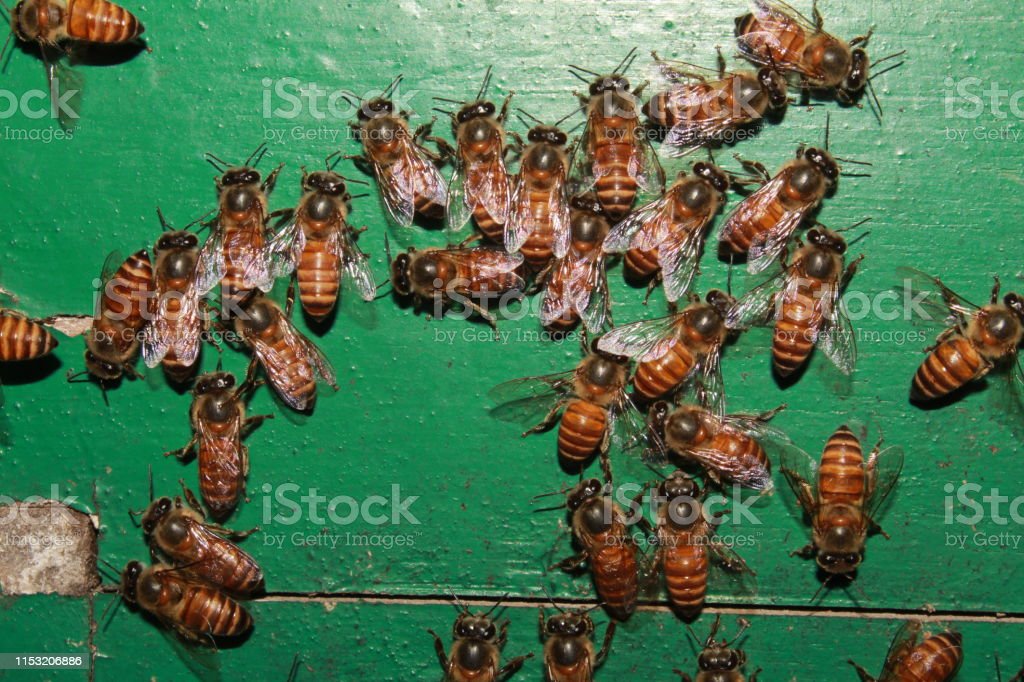
We get rid of unwanted insects with insecticides. Sadly, honey bees are insects, so insecticides have a significant impact on them.
There are multiple ways bumble bees can be killed by insect poisons. One is immediate contact with the insect spray on the honey bee while it is rummaging in the field. The bee dies right away and doesn’t come back to the hive. The queen, brood, and nurse bees are not harmed in this instance, and the colony continues to thrive. The second and most lethal method involves the bee bringing an insecticide back to the colony in the form of tainted pollen, nectar, or on its body.
The principal side effect of bumble bee pesticide kill is enormous quantities of dead honey bees before the hives. A sudden decrease in the colony’s field force is another symptom. The colony may also suffer from brood diseases and chilled brood following a pesticide loss.
What Pesticide Kill Bees
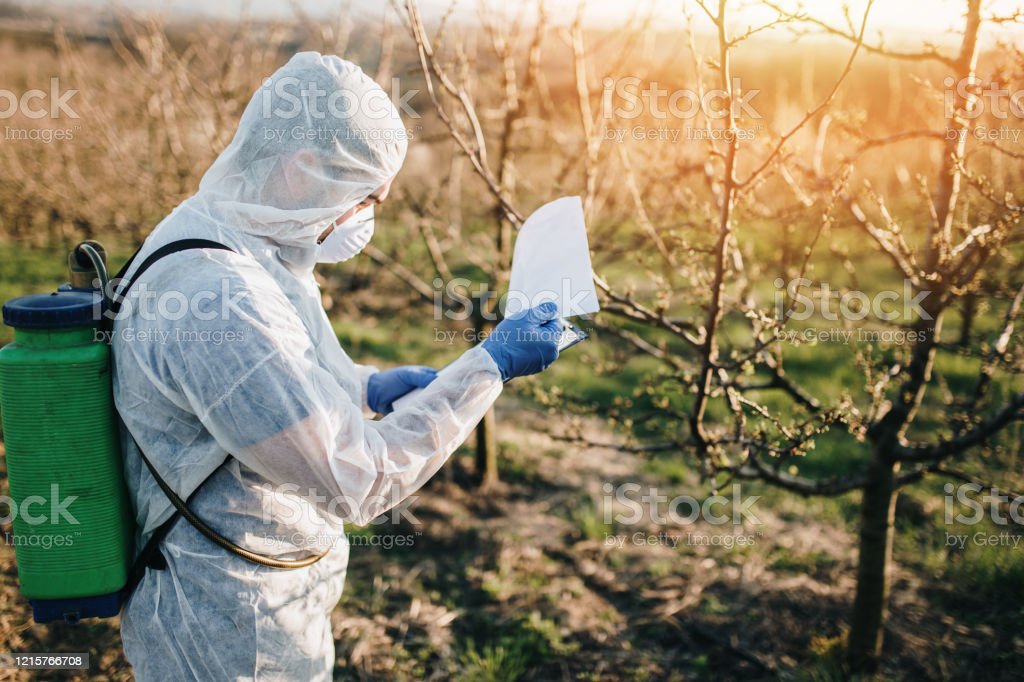
A group of insecticides called neonicotinoids is frequently used on farms and in urban landscapes. They are toxic to bees because they are absorbed by plants and can be found in pollen and nectar.
Honey bees that are exposed to neonicotinoids at levels below the lethal limit can have difficulty flying and navigating, have reduced taste sensitivity, and learn new tasks more slowly, all of which affect their ability to forage and the productivity of their hives.
The majority of fungicides, herbicides, and miticides are generally safe to use around honey bees because they are not particularly harmful. Bees are very sensitive to the biological insecticide Bacillus thuringiensis.
One gathering of bug sprays which is profoundly poisonous to bumble bees can’t be applied to sprouting crops when honey bees are available without making serious injury states. Diazinon, Imidan, malathion, and Sevin are examples of materials that fall into this category of high risk.
Even the same pesticide’s formulations frequently differ significantly in their toxicity to bees. Due to the fact that they are picked up by bee hairs, dust formulations typically present a greater risk than sprays.
How To Prevent Pesticide Killing Of Bees
Another way to prevent honey bees from being killed by pesticides is to use the right formulation. There are many different formulations of pesticides: tidies (D), wettable powders (WP), solvent powders (SP), emulsifiable concentrates (EC), arrangements (LS), and granular (G).
The most effective formulations are solutions, granular, and emulsifiable concentrates. Arrangements and emulsifiable concentrates dry rapidly and don’t leave a fine buildup, not at like the tidies and wettable powders. Granules are similar to dust, but their particles are larger.
They are spread on the ground’s surface or incorporated into the soil. They are rarely utilized on sprouting plants and are non-dangerous to honey bees. Bags of dust and wettable powders, on the other hand, will stick to the thousands of tiny hairs on the honey bee’s body surface. After that, the pollen and these dust particles are returned to the hive and stored there. If the pollen is fed to the queen or the brood, this can result in the collapse of the entire colony.
The overarching new policy trend that will stabilize human food production, preserve wild habitats, and safeguard bees is ecological farming. Bhutan is the world leader in the implementation of an organic farming policy. To safeguard the native corn varieties of Mexico, genetically modified corn has been outlawed.
Genetically modified crops have been outlawed in eight European nations, and Hungary has burned over 1,000 acres of genetically modified corn.
Ecological agriculture boosts crop yields by increasing pollination and restoring healthy bee populations. The natural ecosystem services of water filtration, pollination, oxygen production, and disease and pest control are utilized in ecological farming.
Conclusion
These kinds of synergistic interactions also harm other animals. They’re nearly 100% sure to affect different spineless creatures like insects, butterflies, and wasps, specialists say. For more than a decade, scientists have also known that they can harm fish.
The National Oceanic and Atmospheric Administration (NOAA) conducted a study in 2009 to investigate the effects that various combinations of five common pesticides have on the endangered coho salmon found in the Pacific Northwest. By amplifying one another’s effects, many of the agrochemicals defied the researchers’ expectations.
NOAA wrote at the time, “This deadly synergy made those particular pesticide combinations more harmful than the sum of their parts.”
Utilizing less poisonous pesticides that corrupt quickly is likewise significant in diminishing bumble bee mortality (See Table of Insect poisons and Miticides for pesticide harmfulness and remaining time). The time required to bring the chemical’s activity down to levels that are safer for bee activity is known as the residual time, and many of the most recent pesticides currently on the market have a faster residual time. Instead of a few days or weeks, these pesticides degrade in a matter of hours after being sprayed onto the fields.
Frequently Asked Question
1. Are bees attracted to pesticides?
Scientists have discovered that nectar containing common pesticides attracts bees. They might be exposed to more pesticides as a result of this.
2. Is honey contaminated with pesticides?
Pesticide contamination of honey. Both the environment and beekeeping practices can contaminate honey. Different pesticides could have tainted honey, according to a review.
3. What’s the best pesticide for bees?
Borax is frequently regarded as one of the best insecticides. It is an excellent natural solution to your home’s bee problem. Simply bringing the borax powder into the bees’ nest is all that is required. After that, all of the bees will have died within days.

2 thoughts on “How Do Pesticides Kill Bees”